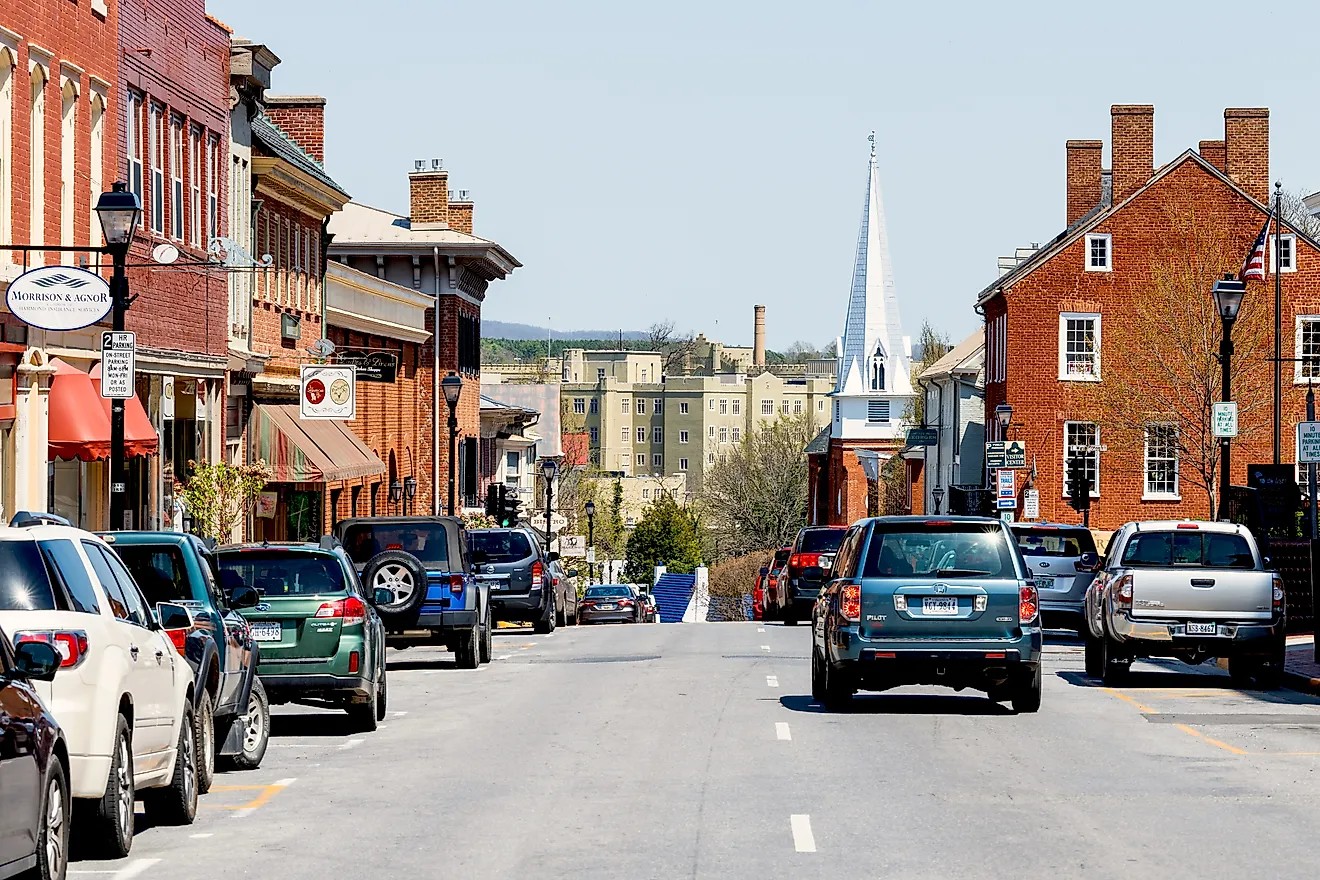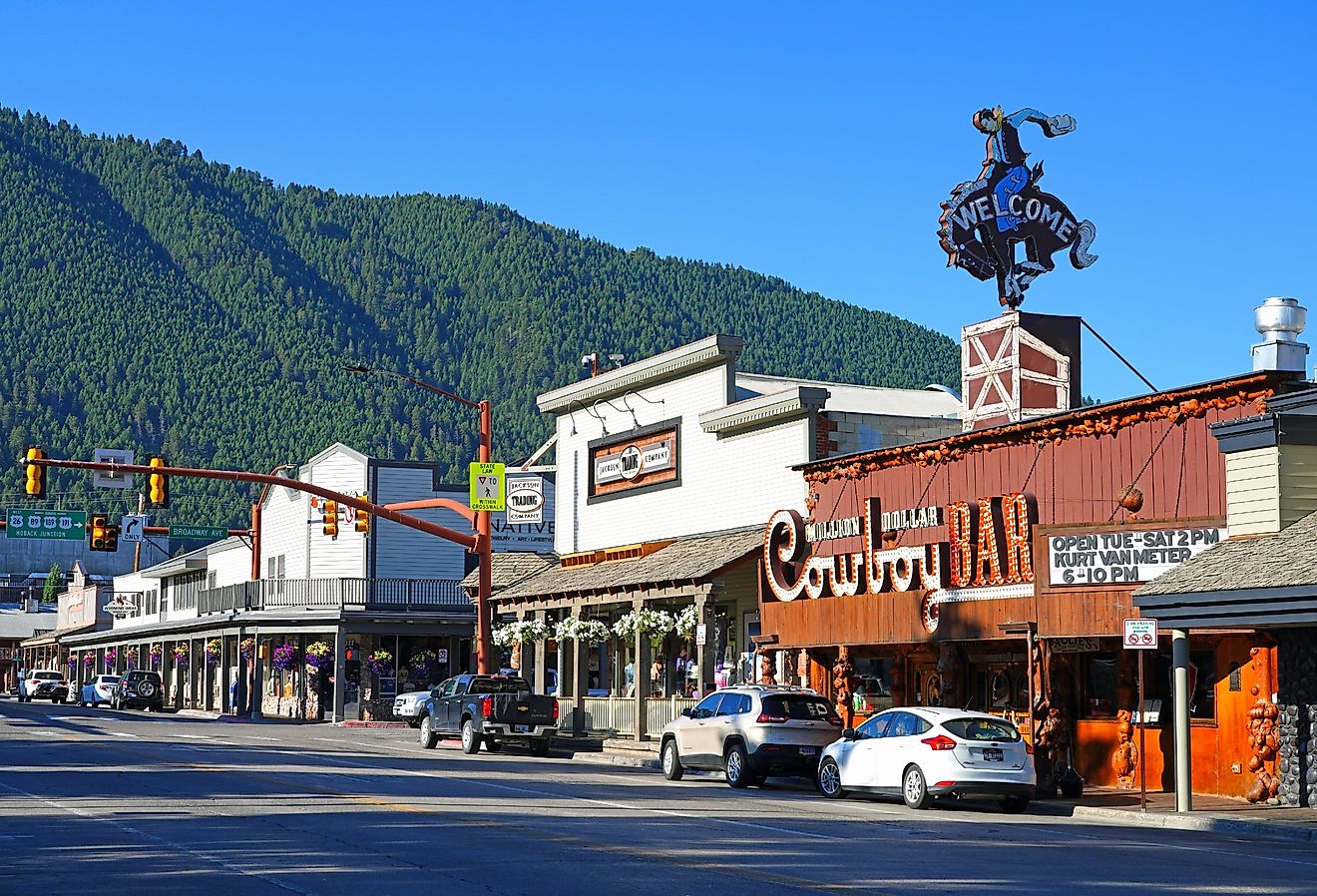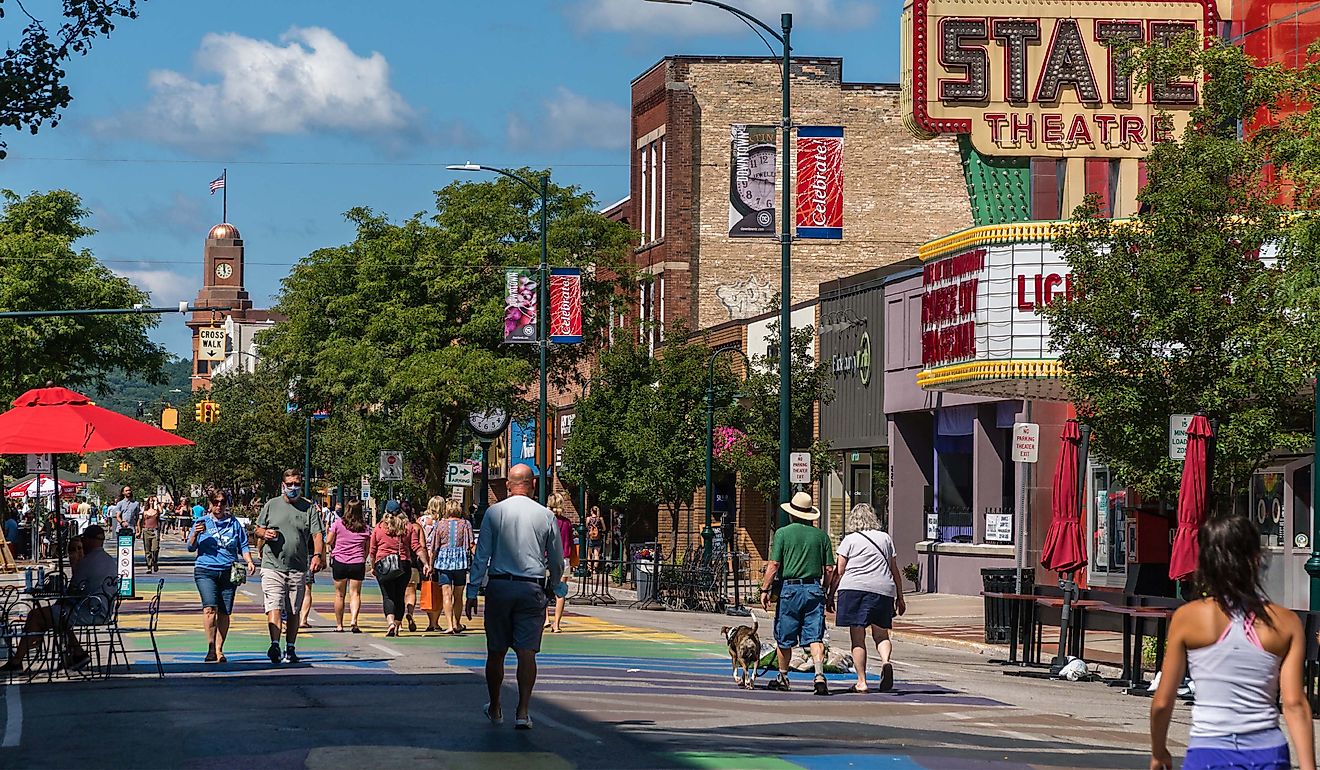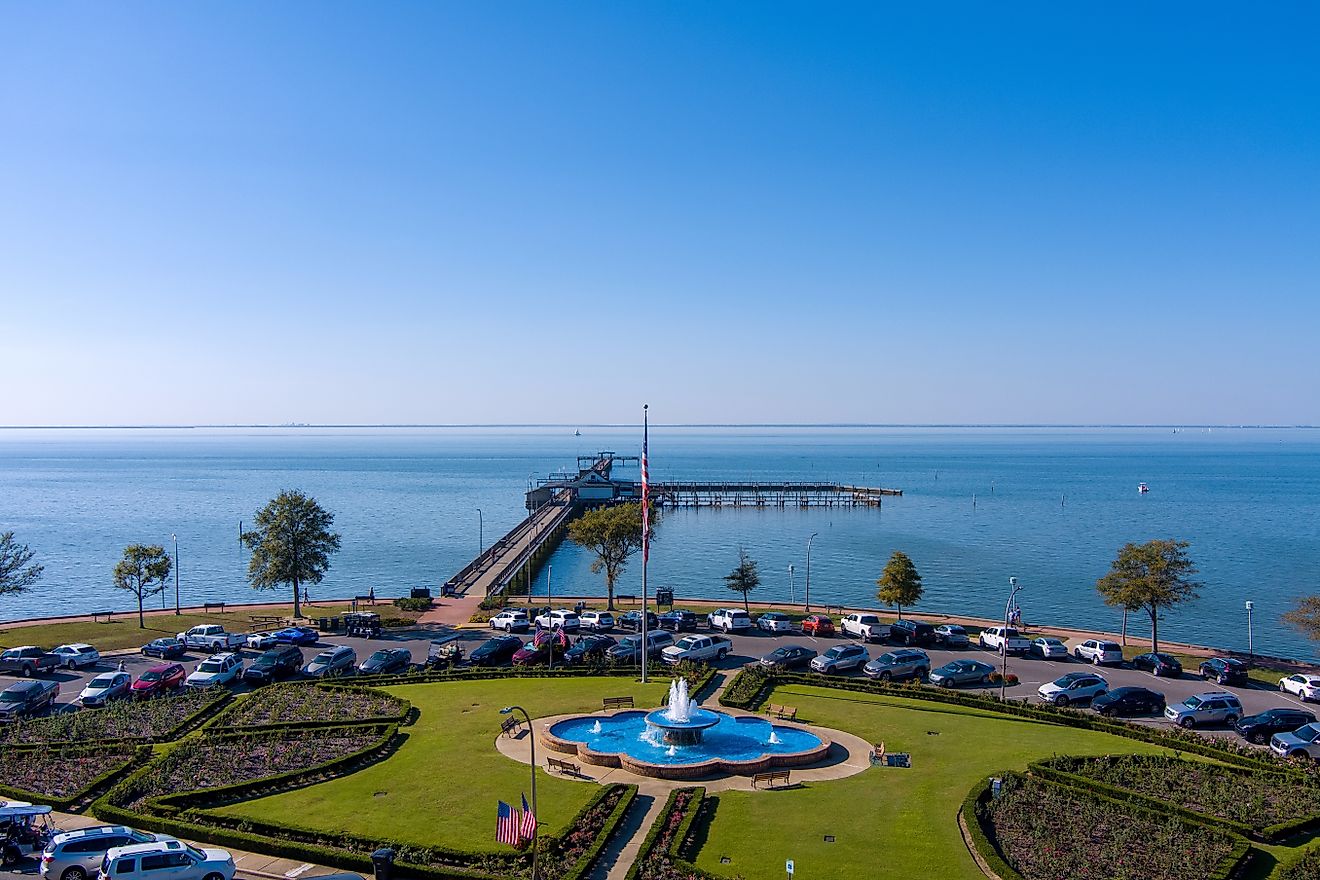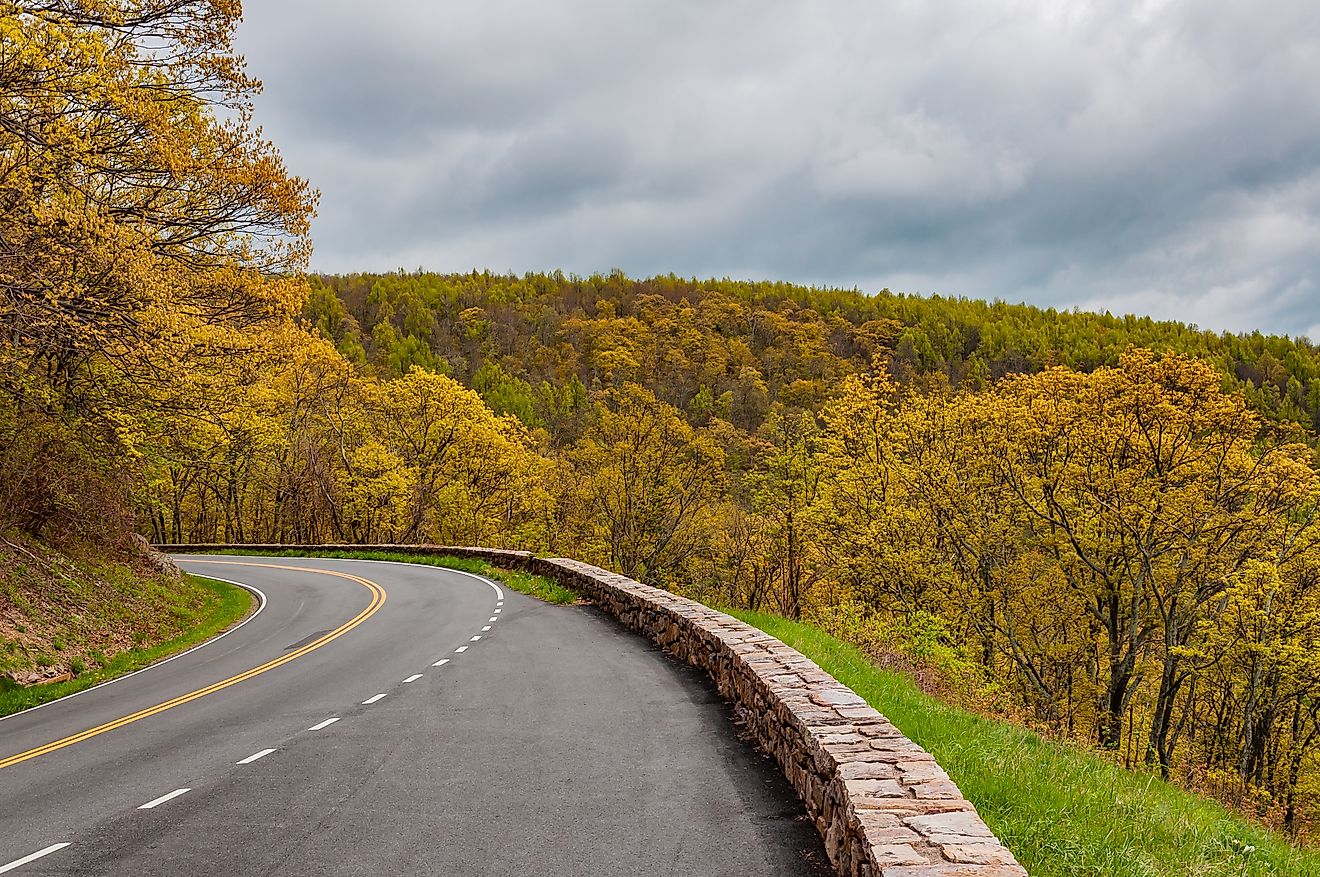Mount Roraima - Unique Places around the World
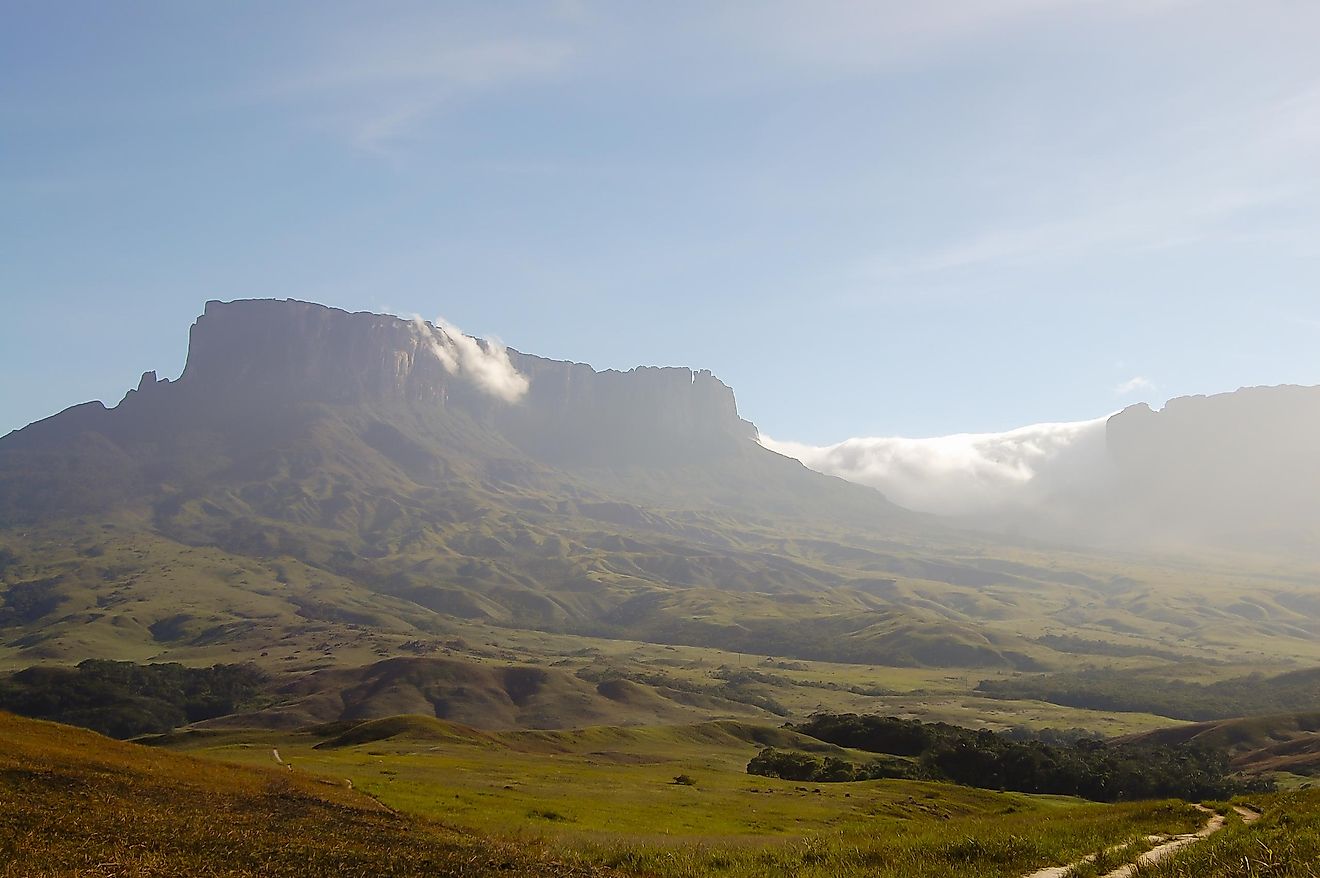
5. Description
Mount Roraima is the highest peak of the Pakaraima chain in the tepui plateau of South America. The chain also contains the border point for three different countries: Brazil, Guyana, and Venezuela. Standing over 9,200 ft (2,800 m) high, the mountain is most famous for inspiring Sir Arthur Conan Doyle’s novel, The Lost World, and more recently Disney’s Pixar film, Up. Mount Roraima is very remote; the closest towns are Saint Elena de Uairén and San Francisco de Yuraní (Kumarakapay), Venezuela, where most tours start from. The climate in the area is extremely wet and rainy all year round, and the temperature drops the higher the altitude gets.
4. Tourism
Previously, only the indigenous group, the Pemón, were able to climb the mountain safely. But thanks to the boom in Venezuelan tourism, several thousand people now make the trek every year. Most people hire guides or join tour groups to make the trek, but wealthier tourists are able to hire helicopters to bring them right to the summit. The trek itself is not a leisurely hike. It takes the average visitor two days to get to the summit and another two days to return, and some may opt to spend another day exploring the summit plateau. For more experienced trekkers and climbers, there are alternate routes that require more technical skills that start from the Guyanese and Brazilian side of the mountain.
3. Uniqueness
Mount Roraima is called a tepui, a tabletop mountain. In the Pemón language, a tepui means “house of gods”; the Pemón see Mount Roraima as a spiritual place. In one of their legends, Mount Roraima is seen as the stump of a tree that once held all the fruits and vegetables in the world but was cut down by the trickster god, and caused a great flood when the tree fell. Geologically, the mountain range is considered some of the oldest formations in the world, dating back 2 billion years to the Precambrian Era. At the top of the plateau, despite how flat it may look, it is actually covered in unique geological formations.
2. Habitat
Of all the wildlife and flora on Mount Roraima, 35% are endemic to the mountain while 70% of the species found on the tepuis only exist in those plateaus. There are many species of plants that are found on the mountain including orchids, bromeliads, and carnivorous plants. Animals and insects found on the mountain include tarantulas, the Roraima bush toad, and a variety of birds. In the tropical forests at the base, there are larger animals like capybaras, crocodiles, anacondas, jaguars, giant anteaters, and monkeys. In those same forests, there also live over 300 species of birds ranging from hummingbirds to black vultures and tiger herons.
1. Threats
With thousands of visitors flocking to the mountain every year, it is not surprising that the locals and environmentalists have grown concerned for the mountain’s ecosystem. With no law or reinforcement of conservational practices, tourists and tour guides often leave behind litter and debris in their wake as they trek up and down the mountain. There have been suggestions to put in strict anti-littering laws and to limit the number of visitors allowed each day as a means to protect the delicate ecosystem; however, given how the only safe time to make the trek is during the dry season (December to March), it may be difficult to limit visitor numbers given the brief window of opportunity every year.

